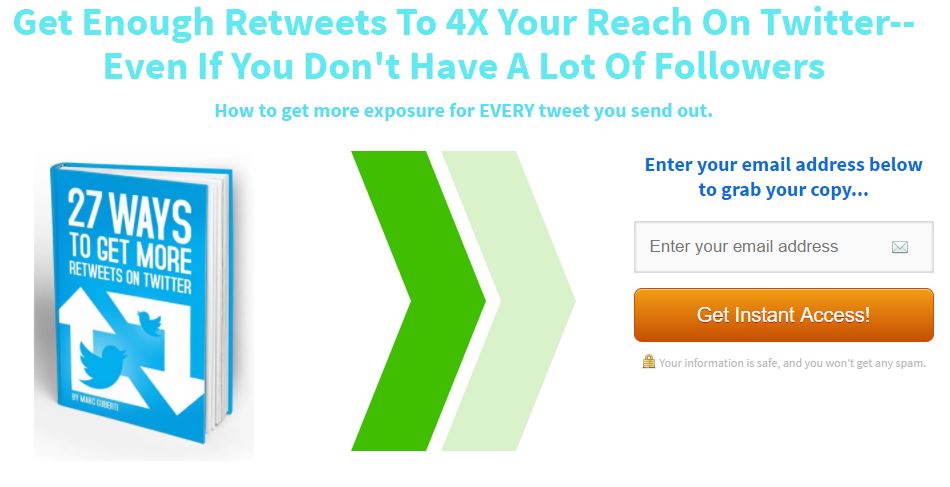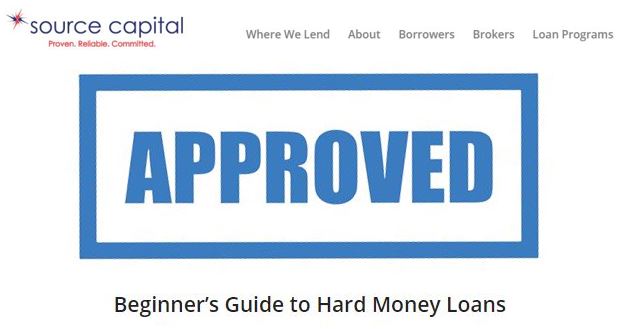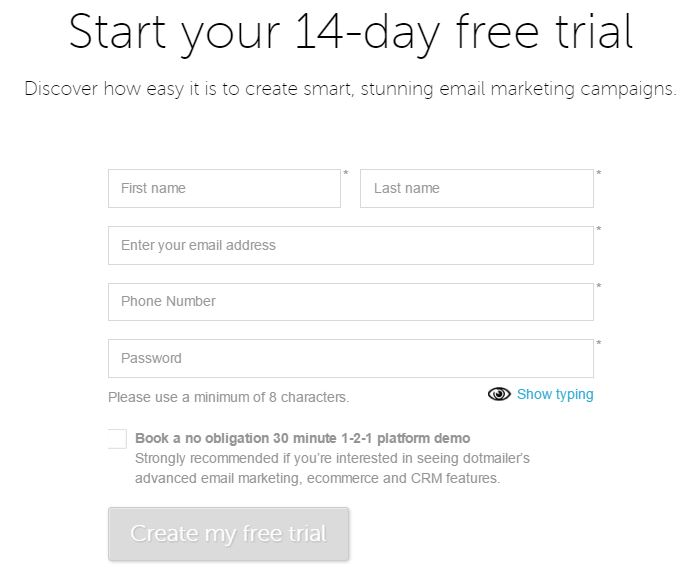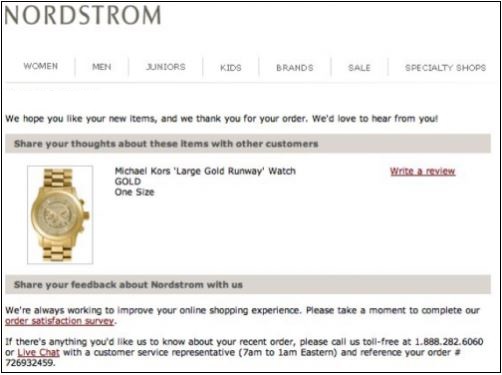This is a guest contribution from Nicole Stelmar
A consumer goes through three different stages before making a purchase: awareness, consideration, and decision. These three stages make up the buyer’s journey.
Why does this matter to content marketers? Each stage of the buyer’s journey presents an opportunity to reach potential customers and lead them down the path to making a purchase.
Unfortunately, many marketers overlook the first two stages and focus only on content for buyers in the decision phase.
In order to reach prospects in each stage of the buyer journey, it is important to understand what content resonates most with consumers in that stage. Here are some tips and examples on how to create effective content for each stage of the buyer’s journey.
Awareness Stage
The awareness stage is the first stage of the buyer’s journey—also known as the top of the funnel. In the awareness stage, the buyer encounters a problem that they need solved. The prospect is seeking information about a product or service without the intent of buying. They desire to find free, high quality educational content that will lead them to a conclusion.
Prospects will browse a wealth of information before they find what they need. At this point, their value as a lead is low because they may not notice you. However, if they find that your content is helpful and interesting, they are one step closer to buying.
Unfortunately, many businesses tend to overlook this part of the process. They don’t see it as a worthwhile investment because it may not guarantee a lead. However, neglecting the awareness stage is a mistake.
This is an opportunity to gain a connection and trust with your audience through quality content. Think of this stage as a first impression. A prospect will quickly sift through information to solve their problem as quickly as possible. You want your content to be intriguing and helpful so that you stand out among the crowd.
The types of content that interests prospects at this stage are blog posts, social content, and ebooks. Diversify your content with research reports, editorial content, whitepapers, and statistical reports that educate the buyer.
Let’s look at some examples of content for your customers in the awareness stage. First up is a research report from TransUnion’s SmartMove division. By providing its potential customer base with its own research, SmartMove is establishing itself as a trustworthy and authoritative figure within their industry. This will attract customers in the awareness phase as they are looking for more information on their newly identified problem.

The second example comes from right here at MarcGuberti.com. By offering potential customers free access to 27 Ways to Get More Retweets on Twitter, Marc is giving users in depth knowledge of Twitter best practices. He is also establishing himself as an expert in digital marketing and entrepreneurship.

Consideration Stage
Once your prospect is informed, you must convince them that your product solves their problem. This is known as the consideration stage.
The goal in this stage is to help the buyer identify exactly what they need to solve the problem that first brought them to the awareness stage. The second goal is to convince the buyer that your product or service fits their particular needs. In addition, you need to show them why your product or service is superior to that of the competition.
As the funnel narrows in the consideration phase, so too must your focus. Buyers in the middle of your sales funnel begin to trust you as an authority in your subject. Your goal is to show them that you are an expert in your field or industry.
And you can optimize for this advantage through the use of expert guides, webinars, live interactions, and white papers that compare your features and benefits with those of your competitors.
Odoo, a provider of management software, published this white paper, which compares its services to three competitor services. This allows Odoo to clearly demonstrate why its software is superior to competitors’, making a potential customer’s consideration phase much easier.

Another example comes from Source Capital Funding, Inc., a finance company and money lender. Source Capital Funding, Inc. provides its customers with a how-to guide for securing a hard money loan.
After their customers have identified their need (the awareness stage), they want more information on how to solve their problem (the consideration stage), which is exactly what this guide addresses.

Decision Stage
The decision stage is the most critical point of the buying process. Thus far, you have presented yourself as an expert and intrigued consumers with relevant information. You have also persuaded them that your product fits their needs and solves their problems.
In the final phase, you have brought the prospect to the tipping point where they are making their purchase decision. If you have done your job in the previous two phases, all you need to do now is close the deal.
At this point, they know they want to buy the product, but you need to convince them to buy the product from you. This decision requires content that will connect with them and help them to make their final decision.
The content you provide to close the deal will greatly depend on your industry or field. Many companies flood the market with flashy calls to action, newsletter sign-ups, and other attention-grabbing features.
However, these are services that are meant to benefit you, instead of the buyer. The strongest content that reins buyers in is that which that gives them real incentive. Features like trials, webinars, free downloads, demos, and case studies will compel your audience.
For example, Community Tax, an accounting firm, offers its potential customers a free consultation. This is a great way to attract customers in the decision phase who are just about to make their purchase decision by giving them one more reason to try out Community Tax. Free trials and consultations help make the purchase decision that much easier for the buyer.

This example from DotMailer, an email marketing platform, not only gives potential customers a two week trial, but customers can also choose to sign up for a free demo as well. The hope with this type of trial is that customers will like the service so much that they will be quick to purchase after the two week trial period.

Post-Purchase
You have successfully led your buyer through each stage of the buyer’s journey, and he has purchased your product. Now what? It’s time to nurture the relationship you have developed with your buyer. Don’t make the mistake of only focusing your content on customers who haven’t purchased yet. In that case, you would be missing out on a large group of potential repeat customers.
As with the three stages in the buyer’s journey, there are certain types of content that work best for customers post-purchase. Content in this stage can have various purposes: to engage with the customer, to make them feel heard, to gather feedback, to turn them into a repeat buyer, and/or to encourage them to be advocates for your product/brand.
So post-purchase content should also serve as a way of:
- Reducing returns
- Reducing customer service questions
- Minimizing service costs
- Diminishing potential bad word of mouth (or bad online reviews)
- Retaining future sales
In order to achieve each of these, it’s important that you vary your post-purchase content as no piece of content will cover all of those goals. Focus on post-purchase follow-up emails, feedback surveys, extensive user guides, and suggestions of similar products specific to that buyer. This allows you to engage with your buyer in ways that make them feel appreciated and more likely to purchase again.
For example, check out Nordstrom’s post-purchase email. In this example, Nordstrom nurtures the relationship with the customer by giving them three opportunities to share their thoughts on the product and speak with customer service (“Write a review”, “order satisfaction survey”, and “Live Chat”). By making the customer feel like their voice is heard, he or she is more likely to purchase again after receiving such excellent customer service.

This final example from theSkimm could fall under the post-purchase email category (as it is an email sent post-purchase), but instead of looking for feedback, theSkimm is hoping to convert users into brand ambassadors. This tactic goes beyond encouraging repeat buyers and instead focuses on creating advocates who acquire new customers for you.

In Conclusion
The process of creating content that resonates with consumers is an art. And each stage of the buyer’s journey requires unique content in order to effectively move your potential customer along to the point of purchase. By tailoring your content to customers within a particular stage, you will succeed in converting more leads into customers. Just let the buyer’s journey be your guide!
About The Author
Nicole Stelmar is a Managing Editor at 365 Business Tips, a website focused on providing business owners all the information they need to successfully start and run their business. Nicole specializes in helping clients improve their digital presence through SEO and content marketing.
